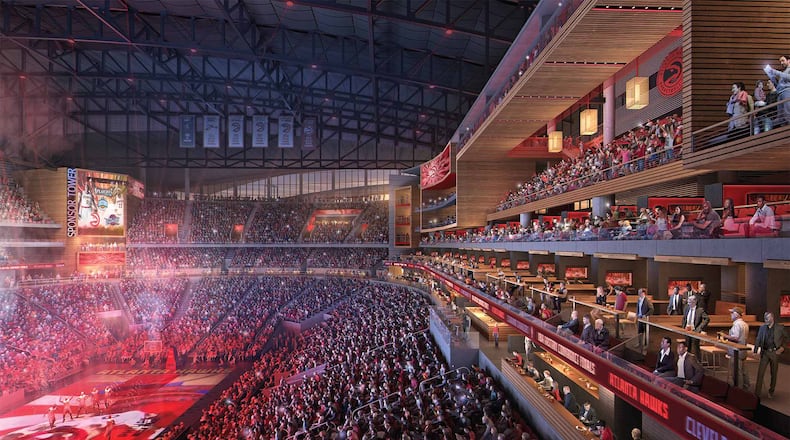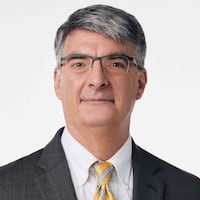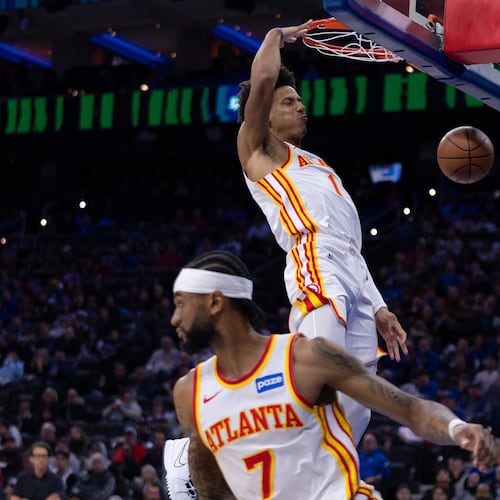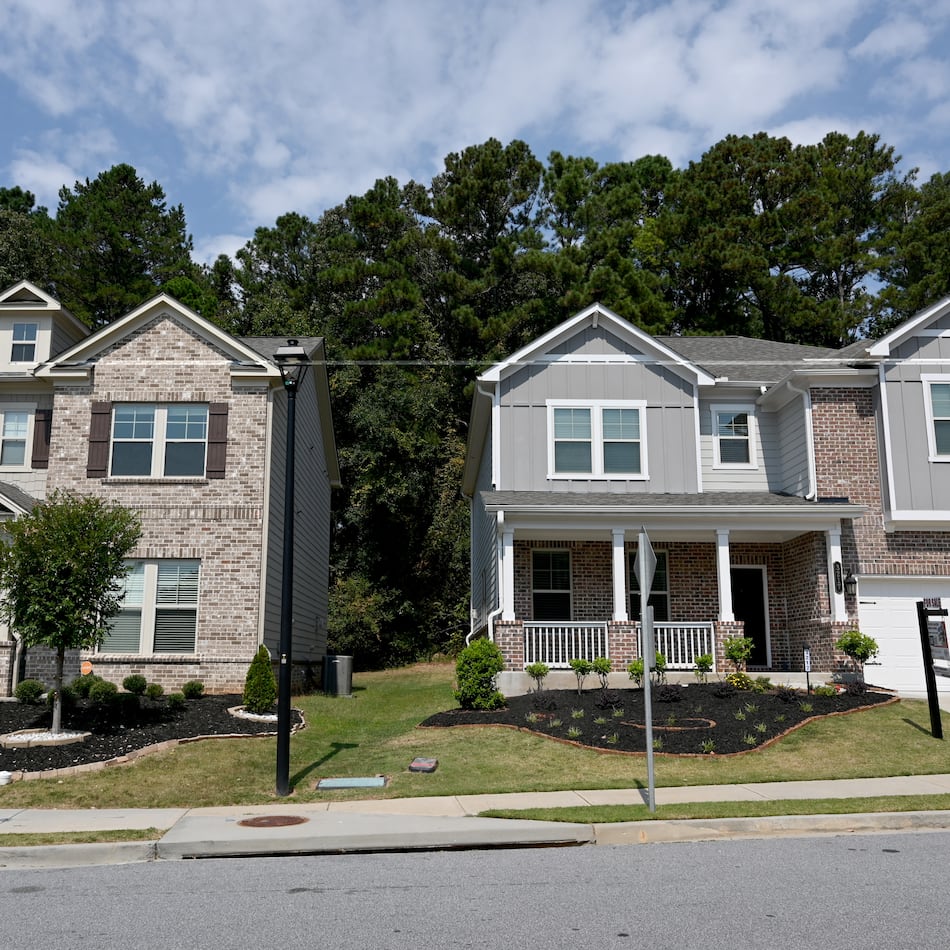The renovations of Philips Arena will result in a reduction of about 2,350 seats, Hawks CEO Steve Koonin said recently.
During his weekly appearance on 92.9 The Game last week, Koonin said of the seating capacity “the building is down to 15,700 and that is because the suite wall is gone.”
That figure who easily make Philips Arena the smallest-capacity NBA arena.
The Hawks have not announced the capacity for basketball or submitted the figure to the NBA.
The past three seasons, 2014-2017, the listed basketball capacity for Philips Arena was 18,047. It was listed as 18,118 in 2013-14 and 18,238 in 2012-13.
Philips Arena is undergoing a major renovation two-phase project that began immediately after last season. Phase 1 is expected to be completed before the start of the NBA regular season next month. There is a scheduled concert by The Eagles on Oct. 20-21, before the Hawks open the Oct. 27.
The Smoothie King Center in New Orleans currently has the league’s smallest capacity at 16,867. The soon-to-open Little Caesars Arena is Detroit will have the largest capacity at 21,000.
The $192.5 million remaking of the 18-year-old arena will be spread over two Hawks offseasons, ultimately resulting in an array of new amenities, improved basketball sightlines, connected concourses and, perhaps most notably, removal of the wall of suites on one side of the building.
The first phase will include the renovation of about 10,000 square feet of premium club spaces and the demolition of about 100,000 square feet of interior space, according to the Hawks’ building-permit application.
About the Author
Keep Reading
The Latest
Featured



